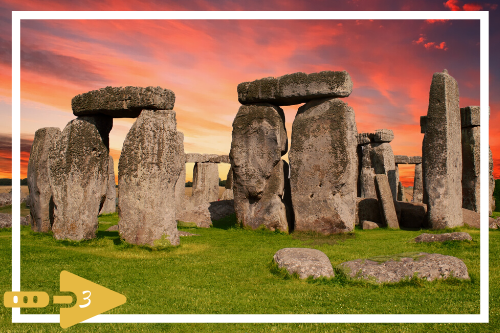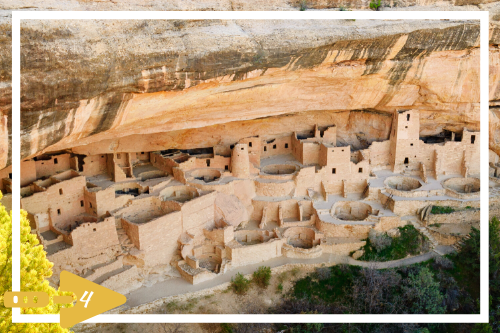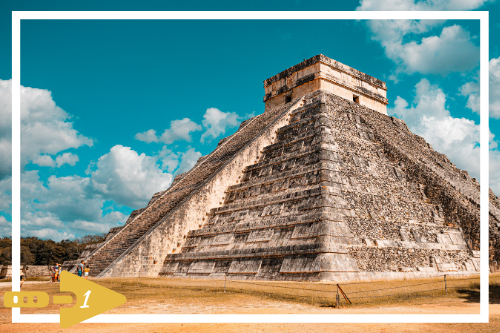
Amazing Archaeology!
Dr. Arty Fax’s Archy Facts is a weekly blog introducing kids to the exciting world of archaeology!
Besides being a word that can be hard to spell and pronounce with so many vowels, ARCHAEOLOGY is the study of past people and culture through the objects that they left behind. These objects, anything made or used by humans, are called ARTIFACTS. Each artifact is a clue to the past and can help archaeologists learn about how people lived, what they ate, the jobs they did, the tools they used, and much more.
When artifacts and other material remains have been left behind at a specific location, this is called an ARCHAEOLOGICAL SITE. Did you know there are archaeological sites all over the world? Even underwater! Here in San Diego County, there are over 34,000 recorded sites, the oldest of which may be over 10,000 years old! At the most basic level, an archaeological site is simply a place where humans did something in the past. It is our job as archaeologists to figure out who those people were and what they did.
 Do you know what archaeological site is pictured at the top?
Do you know what archaeological site is pictured at the top?
Scroll down to find out!
Many people, adults included, confuse archaeologists with paleontologists. We both study the past, use similar tools (find out more about that next week), and probably even dress the same. However, paleontology is the study the history of life on Earth as based on plants and animals that lived millions of years ago. The remains of these plants and animals preserved in rock, including dinosaurs, are fossils. Archaeologists study our human past, and dinosaurs became extinct long before we modern humans started walking the earth.

Archaeologists don’t dig dinosaurs…
We love them as much as you do, but we don’t study them.
psst…that’s paleontology…but you already knew that
Kids Dig Archaeology @ HOME ACTIVITY
Learn more archaeological terms and find them in this Word Search

Temple of Kukulkan (El Castillo) at Chichén Itzá
Location: Yucatán, Mexico
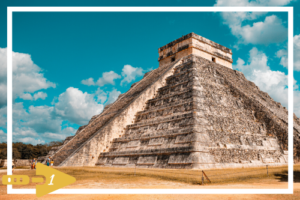
Fun Facts:
Chichén Itzá was an important Maya city from around 750 – 1200 AD. The Temple of Kukulkan, named after a feathered serpent deity, was actually built on top of another pyramid and has a total 365 steps. During certain times of year, the sun casts shadows along the stairway that look like a serpent.
Read more about Chichén Itzá
Want to learn more?
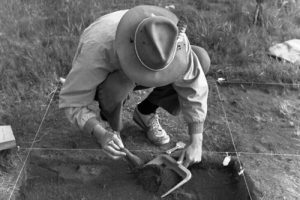
Check out:
Dig Deeper: What is Archaeology?
Archaeology 101 Exhibit



